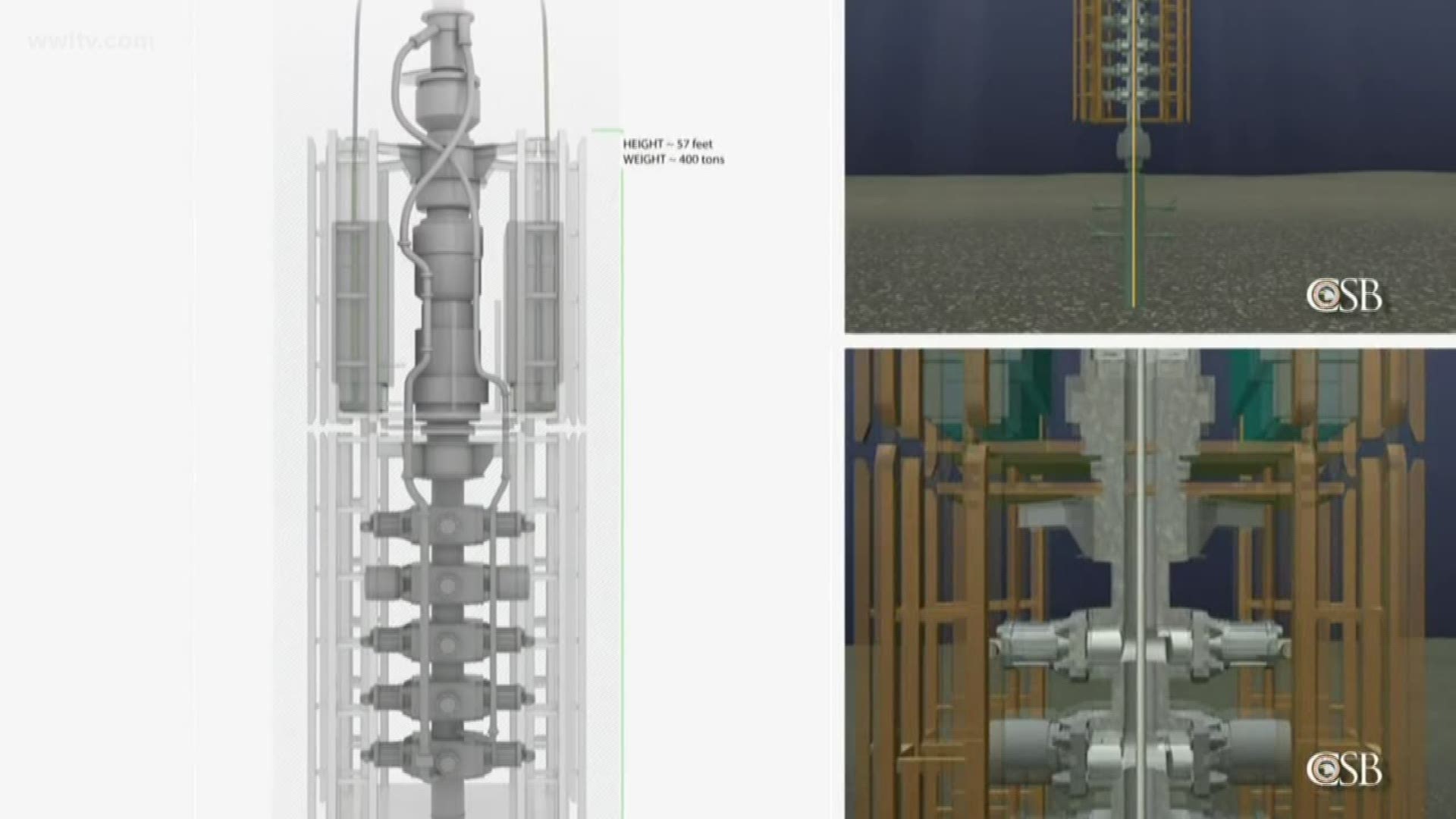HOUMA, La. — While prior research suggested it takes a decade to recover from oil spills, scientists believe it will take a few more years for Louisiana’s marshes to recover from the Deepwater Horizon spill.
Shortly after the largest marine oil spill was contained in 2010, a team of 10 researchers began sampling sites in the marsh in Barataria Bay. Some of the sites under observation were heavily covered with oil from the spill, as Barataria Bay was one of the areas hit hardest. Others were moderately oiled, and the researches saw how different amounts of oiling affected the rate of recovery. In heavily oiled sites, the marsh basically looked dead, said LSU Professor Emeritus John Fleeger, who focused on observing the algae and microorganisms. Marsh grass was matted with oil, he said. “It was gloppy and thick,” said Fleeger. “It killed all the plants where the wind and waves brought up the oil.”
Today, all of the sites under review have seen the return of some greenery and wildlife. But the new growth tells only part of the story. Fleeger and Nicholls State Professor Sean Graham said below the ground, healing is even slower.
“The heavily oiled sites still haven’t recovered above ground or below ground, and that is as of November of 2018,” said Graham.
Though next year will mark a decade since the catastrophic spill, Graham said, he expects it will take at least another three to five years for heavily oiled sites to fully recover.
Researchers also found that the soil in the oiled sites wasn’t able to pull carbon from the atmosphere as effectively, something that is key to retaining land amid the area’s struggle with coastal erosion.
“The less carbon dioxide in the atmosphere is good for climate mitigation purposes and global climate change, but probably even more important for the ecosystem itself is that it helps build the soil vertically,” said Graham.
If the soil pulls in less carbon, it becomes more dense and compact. Combined with the ongoing subsidence and sea level rise, the wetlands’ health is destabilized and less sustainable.
“Louisiana’s marshes are highly impacted due to the leveeing of the river anyway, but then to have a catastrophic event as the oil spill,” said Graham. “It puts them in a much more dire situation.”
The team has collected samples every six months for the past nine years to track the marsh’s progress. Each team member focused on different aspects of the ecosystem needed to create a healthy food web: marsh grass, algae and small invertebrates.
Within those groups, Fleeger said, some organisms returned faster than others. Of the two main plants in a healthy Louisiana salt marsh, the smooth cordgrass saw a faster resurgence than the black needlebrush.
Graham said, “It’s only just now within the last few samplings that we’re just starting to see that (black needlebrush) coming back.”
Fleeger said they also saw small crabs return before snails. Some insects came back before others as well.
The team also did some controlled plantings of additional marsh plants and gave them additional nutrients. Fleeger and Graham said they found that the reintroduction of those plants in both the moderately and heavily oiled areas aided in the recovery.
When it comes to marsh recovery after future spills, Fleeger said, the planting of cordgrass could play a key role. The plants provide a better ecosystem for the other organisms in the marsh to return.
“The first step might be, if possible, to help the plants recover,” he said.
Graham said that anything that can be done to jump start the system is beneficial, though clean-up teams should try to limit their foot traffic through the marsh to avoid further damage.
He also said the plantings have to be timed properly, especially in the heavily oiled areas.
“The conditions have to be livable to an extent for at least some growth to occur,” said Graham.
They’re also pulling together information from other studies conducted along the Gulf Coast after the spill.
“The goal is to provide a robust understanding of the oiling impacts so this can be used for future oiling events or spills,” said Graham.
Beyond their research, Fleeger said, he would like to see more studies on how to enhance the soil’s recovery as a lot of the marsh’s recovery relates to “the things that happen below the ground.”
The Gulf of Mexico Research Initiative money will run out at the end of this year, but Graham said he will look at different sources to enable to the team to continue to follow the sites’ progress.
Staff Writer Halle Parker can be reached at hparker@houmatoday.com or 857-2204. Follow her on Twitter, @_thehalparker.

